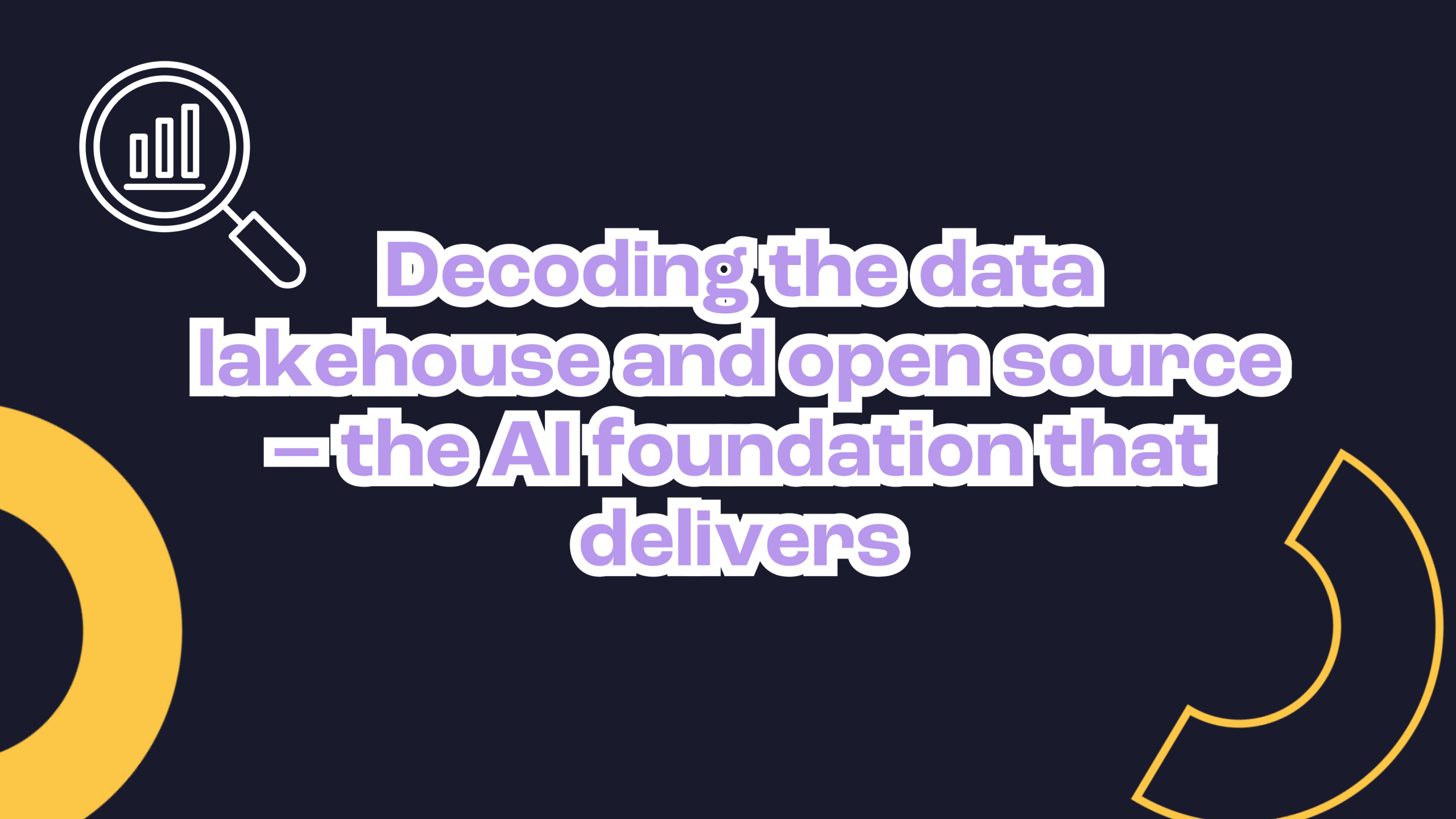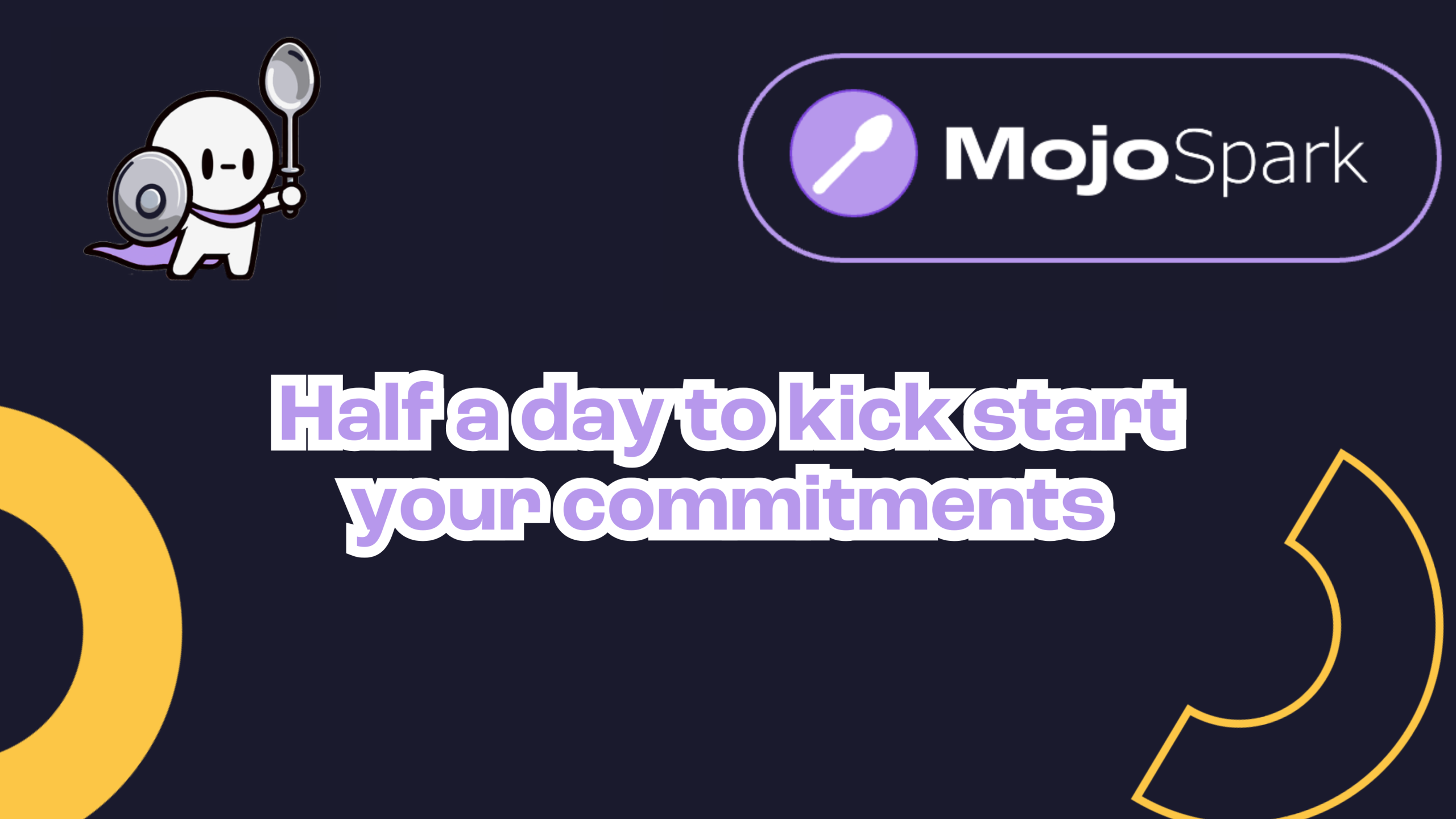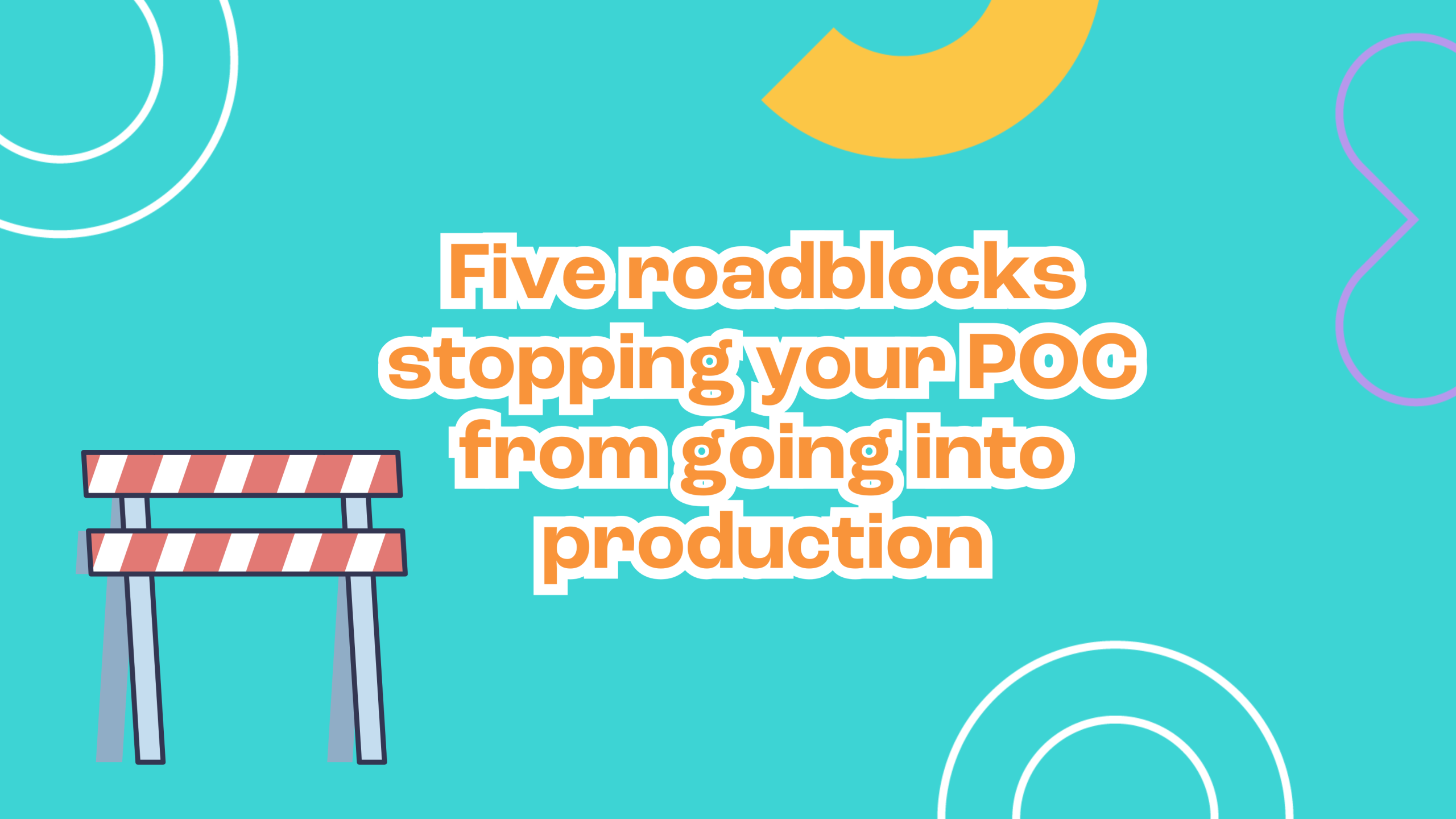If you’ve been in a meeting recently where someone threw around words like data lakes, data lakehouse, open source frameworks, or AI pipelines, and you nodded along while secretly wondering what on earth they were talking about, you’re not alone.
Here’s the short version:
- A data warehouse is your neatly organised library, storing structured data (think spreadsheets and databases).
- A data lake is a giant storage reservoir where unstructured data flows in, organised or not (think images, scribbles, photos, logs, sensor data).
- A lakehouse brings the two together. So it can store all of your data, structured, semi structured or otherwise, so all of your information is captured, even if you don’t know how you’ll use it yet.
It’s the foundation of future proofed data architecture. You’re no longer tied in to one system, your data remains secure, governed and available until you’re ready to clean, organise and apply analytics or AI to unlock the gold!
Is open source an opportunity or risk?
Open source solutions unlock huge potential through transparency, flexibility, faster innovation and a global community working to improve the tools you choose. It also means you’re not tied to one vendor’s roadmap which removes headaches for many organisations operating multiple legacy data warehouses and systems embedded within.
Of course, without governance it can be a risk with questions around security, support, and consistency. That’s why the platforms we work with address this by taking the best of open source and wrapping it in enterprise-grade reliability, compliance, and support, so organisations get the innovation edge without the headaches or the risk.
Want to know more?
Read to stop talking and start futureproofing and knock down the walls of siloed data architecture? Or de-jargonise the world of AI and Data?
If you’re keen to know more, connect with our Practice Lead, Jared Bagnall, or book an 30 minute exploration meeting here.




